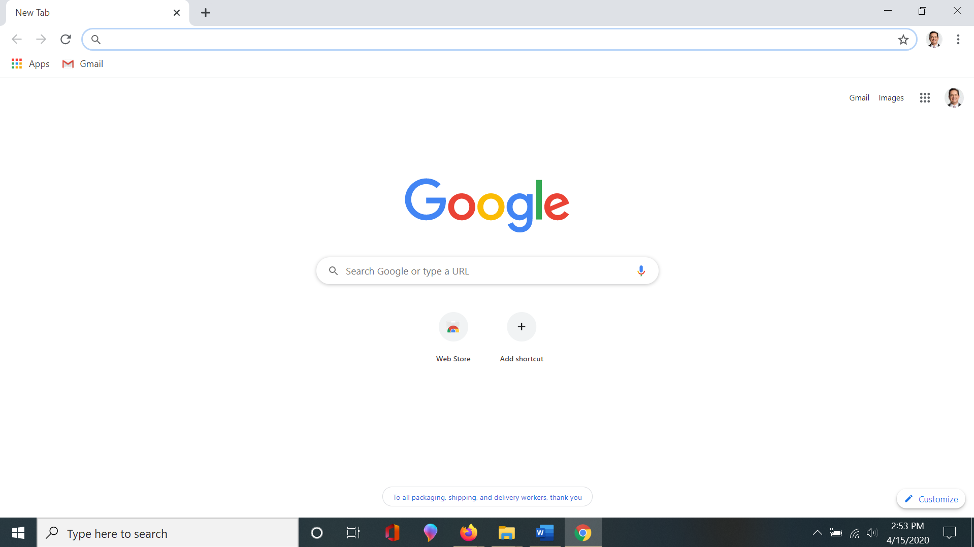
Unfavorable, Unfair, or Inaccurate?
The outcome of interaction with traditional news media is never certain. But I contend the benefit of coverage is almost always worth the risk. And if you are armed with simple messaging tactics, and you stay on message, accurate and even beneficial coverage is more likely to result.
Always monitor the coverage and have realistic expectations. After an interview with a journalist, seek out the final product. Observe how you came across. Read your quotes if in print.
If you don’t like what you see, ask yourself: was the coverage unfavorable, unfair, or inaccurate? There is a difference.
If unfavorable, why? Was my message clear? If not, how can I do better next time? Unfavorable can’t be controlled after the fact. There’s little you can do except learn from the experience and deliver a better message next time. And it’s important to remember: it’s not a journalist’s job to provide a favorable picture of you.
If a story is patently unfair, consider contacting the reporter or editor to explain your complaint. No respectable media outlet wants a reputation of being unfair. But don’t expect a retraction. The most you can reasonably expect is better treatment next time.
Finally, is the story wholly inaccurate? If this happens, from my experience it’s almost always unintentional. Contact the outlet and ask for a retraction or correction. Any decent news outlet will comply. Credibility is paramount to their survival.
The key is understanding the differences – unfavorable, unfair, or inaccurate. Again, they are different. Some news-makers unrealistically expect all coverage to be favorable to them.
For comprehensive, realistic Media Training, call, text, or email Nikitas Communications. We spent decades in the news business, and we can help.




